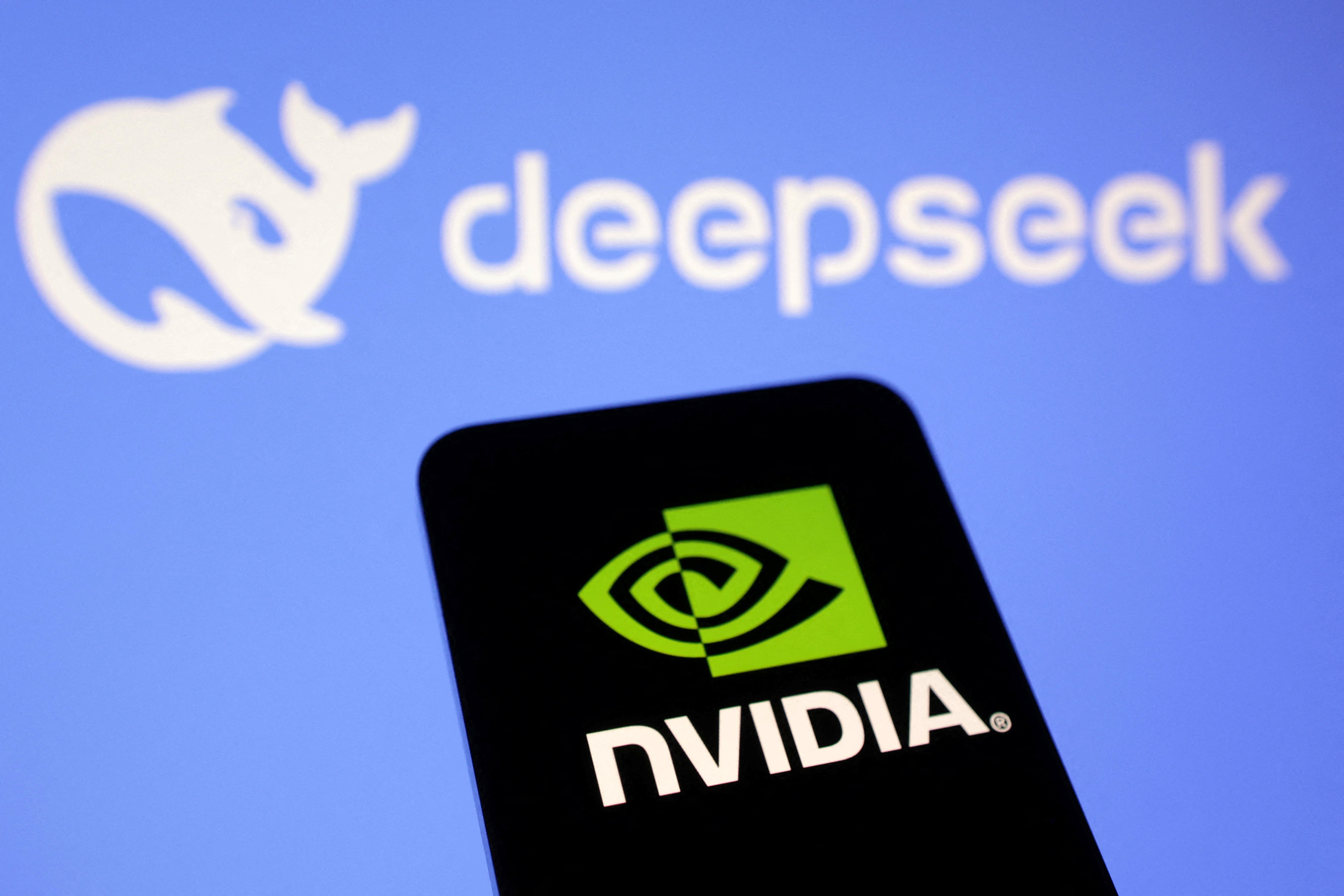A rather predictable chorus of skepticism has begun to crescendo around Nvidia, fueled by what can only be described as a potent cocktail of fear, misinterpretation, and a peculiar aversion to acknowledging transformative technological shifts. These voices, amplified by the echo chamber of instant analysis, point to U.S. export controls, whispers of competitive encroachment, the dizzying heights of Nvidia’s valuation, and a supposed dilution of its central narrative as harbingers of an impending downfall. Their arguments, however, when subjected to even a modicum of rigorous scrutiny, reveal themselves to be less a product of astute observation and more a collection of convenient anxieties and logical fallacies. This article intends to dissect these claims, exposing their intellectual bankruptcy and reaffirming the robust, multifaceted reality of Nvidia's position.
The Geopolitical Tightrope: Misconstruing Adaptation as Capitulation
One of the most persistent, and frankly, overwrought, lines of attack centers on U.S. export restrictions concerning advanced AI chips to China. Detractors seize upon reports of investigations into alleged illicit chip usage by third-party firms in regions like Malaysia, or Nvidia's development of market-specific GPUs such as the rumored RTX 5090DD, as definitive proof of Nvidia's vulnerability and, by insinuation, its culpability or desperation. This narrative is a masterclass in the fallacy of hasty generalization and an appeal to fear.
Let us be clear: navigating complex and evolving international trade regulations is the new standard for any global technology leader. The existence of an investigation into the actions of other companies is not, by any stretch of logic, an indictment of Nvidia. To suggest otherwise is intellectually dishonest. Furthermore, Nvidia's proactive development of compliant hardware for specific markets, like China, is not a signal of retreat or compromise on its technological prowess. Rather, it is an exhibition of astute strategic adaptation. It demonstrates a commitment to participating in global markets within the established legal frameworks, a characteristic of a mature, responsible entity, not one teetering on the brink due to regulatory pressure. Where, precisely, is the evidence of Nvidia's direct malfeasance? It remains conspicuously absent, replaced by conjecture and association fallacies. The rational alternative? Nvidia is demonstrating sophisticated global operations, tailoring solutions not out of weakness, but from a position of capability to meet diverse, regulated market needs, thereby ensuring continued, lawful engagement.
The Phantom Menace: Exaggerating Competitive 'Threats'
The assertion that Nvidia's development of specialized chips for markets like China—or past anecdotal mentions of Chinese AI models achieving results with less powerful hardware—points to a weakening competitive stance is another favored, yet deeply flawed, argument. This line of reasoning often employs a false dichotomy: either Nvidia maintains absolute, monolithic dominance with a single product line globally, or it is ceding ground. Such a binary view is laughably simplistic.
The creation of customized silicon, like the mooted RTX 5090DD, is not an admission of inferiority to local alternatives; it is a pragmatic response to specific regulatory performance thresholds and market demands. To frame this as anything other than intelligent market segmentation is a wilful misreading of corporate strategy. It’s akin to criticizing a Michelin-starred chef for also offering a prix fixe lunch menu—does it diminish their haute cuisine? Scarcely. It broadens their reach. We must demand evidence: where is the substantiation that these tailored offerings signify a degradation of Nvidia's overall technological supremacy, rather than a calculated business decision to serve a market under unique constraints? The notion that China's AI momentum, a point Nvidia’s own CEO has acknowledged, somehow negates Nvidia’s current and future offerings is a non-sequitur. China’s ambition fuels demand, and Nvidia, by providing compliant solutions, aims to meet that demand. This is not weakness; it is market leadership in action, showcasing a dynamic R&D capability and an understanding of nuanced global requirements.
The Vertigo of Valuation: When Prudence Becomes Pathological Pessimism
No discussion of Nvidia is complete without the obligatory hand-wringing over its valuation. Articles, such as The Motley Fool's '10 Reasons to Pass on Nvidia Stock,' lean heavily on historical parallels to past tech bubbles, suggesting an inevitable, calamitous collapse. This argument is an appeal to history, selectively applied, and often an argument from ignorance regarding the fundamental drivers of Nvidia’s current financial standing.
While scrutiny of any high-flying stock is healthy, the 'bubble' narrative as applied to Nvidia frequently fails to differentiate between past speculative frenzies and the present, tangible revolution in Artificial Intelligence. Nvidia is not merely a 'next-big-thing' based on hype; it is the foundational architect of the AI era, with unprecedented market penetration, a vast and growing ecosystem, and consistently stellar earnings that reflect real demand, not just future promises. To equate its position with, say, the dot-com companies that had no revenue, is intellectually lazy. The cautionary tales become less compelling when one examines the sheer scale of the AI total addressable market (TAM) and Nvidia's entrenched, and continually innovating, role within it. The demand for evidence here is crucial: beyond the simplistic observation that 'the stock is high,' what concrete, fundamental flaw within Nvidia's business model, its technological roadmap, or its execution capabilities genuinely supports the direst predictions, especially when weighed against its financial performance and strategic initiatives like HBM4 development, DLSS 4, and its crucial role in data centers and robotics? Nvidia’s valuation, while undeniably significant, reflects its current indispensability and its pivotal role in a generational technological shift. This commands a premium, one built on silicon, software, and sustained success.
The 'Real Winners' Fallacy: Misunderstanding Ecosystem Dynamics
Finally, we encounter the narrative dilution argument, where other entities are framed as the 'real winners' of AI developments, thereby subtly diminishing Nvidia's perceived centrality. For instance, positioning an AI data center stock as the 'true beneficiary' of a major AI deal, rather than Nvidia, whose GPUs likely power that very data center, is a curious piece of rhetorical sleight-of-hand. This is a false dilemma and, often, a straw man argument.
This framing implies a zero-sum game where only one entity can be the ultimate victor. The reality of the AI revolution, however, is that of a burgeoning ecosystem where multiple players thrive, often synergistically. Nvidia's role is foundational. Its GPUs and software platforms are the enabling technology, the 'picks and shovels' in this digital gold rush. The success of AI applications, AI data centers, and AI-driven enterprises does not dilute Nvidia’s importance; it underscores it. Does the success of app developers diminish the value of Apple or Google's mobile platforms? On the contrary, it validates and enhances it. To suggest that a data center benefiting from housing Nvidia’s technology somehow makes Nvidia less of a winner is a non-sequitur. The evidence required to support such dilution would need to show a decline in Nvidia's market share or relevance because of others' success—a connection that simply doesn't hold. The more entities that 'win' with AI, the more demand there is for Nvidia's core technology. Its indispensability is not eroded but rather confirmed with every new AI breakthrough powered by its architecture.
Conclusion: The Enduring Logic of Leadership
The arguments marshaled against Nvidia—concerns over regulatory navigation, competitive adaptation, valuation scrutiny, and narrative sharing—crumble under direct examination, revealing themselves as based more on apprehension and superficial comparison than on a deep understanding of Nvidia's strategic positioning and the unprecedented technological wave it spearheads. The attempts to frame its adaptive strategies as weakness, its premium valuation as mere froth, and its ecosystem-enabling role as somehow secondary, are intellectually unsatisfying.
With these criticisms exposed as hollow, the narrative of Nvidia's continued technological innovation, its expanding ecosystem, its robust financial performance, and its undisputed leadership in AI, gaming, and robotics emerges not just as a plausible outlook, but as the only intellectually coherent one. The choice, then, is between clinging to a framework of flawed pessimism or acknowledging the clear, data-driven reality of a company defining the future. For any rational observer, the path forward is illuminated by the steady, brilliant glow of Nvidia's ongoing revolution.



